|
A gorgeous Spring day at Kew Gardens, London's royal botanical gardens, and what better place to test out a new macro lens - the Fujinon 60mm f2.4 macro. I found it to be stunning - the reviews of proclaiming edge-to-edge sharpness even wide open as well as tack sharp in the centre proved to be true - a pleasure of a lens to use. With the exception of when photographing insects, the slightly slow AF can be forgiven in light of the near-perfect optical performance.
Having a quick browse through the International Garden Photographer of the Year competition displays provided some inspiration to Neha and myself for the rest of the day! I'm hoping to return to Kew later this year in late Spring / early Summer to capture the changing flora and scenery. Technical details: Technical details: Fuji X-M1 with Fujinon 60mm macro lens.
0 Comments
Like last year (click here), here is another round-up of some of the most memorable images taken over the past year. Click the photos to navigate to the associated full blog post. Happy viewing!
Please take a few minutes to vote for your favourite photos - click here. Our dear friend Bal had long recommended a visit to the national arboretum (a botanical garden devoted to trees) in Autumn and we were lucky to have the opportunity to witness this riot of colour, or as the Forestry Commission describe it, "a natural firework display"!
Details on the arboretum: "The historic, Victorian picturesque landscape and internationally important tree and shrub collection contains 14,902 labelled trees (around 2,500 different types of tree), comimg from Britain, China, North America, Japan, Chile and other temperate climates. Planting started in the 1850s by Robert Holford; the rich Victorian landowner to whom the Westonbirt estate belonged." (Forestry Commission) Technical details: Sony a850 with Tokina 19-35mm and Tamron 28-75mm lenses. First photo shows the famous Long Walk, a straight 2.65 mile path that linking Windsor Castle with Snow Hill in Windsor Great Park. "Snow Hill was where, as the legend has it, King Henry VIII sat and waited for news of the execution of his second wife, Queen Anne Boleyn. However, the path as we know it only came into being during the reign of King Charles II who had double rows of Elm trees planted the entire length of the route. There were 1,652 trees planted to create the basis of the landscape we know today. Charles wanted to remodel Windsor in a modern popular style and the Long Walk was just one aspect of his improvement scheme" (Windsor Berkshire).
Windsor Great Park "was once part of a vast Norman hunting forest which was enclosed in the late 13th century. The 2,020 hectares (5,000 acres) of parkland, which includes a Deer Park, is a varied landscape of formal avenues, gardens, woodland and open grassland. The antiquity of the landscape is enhanced by the scattering of great ancient oaks for which the Great Park and its forest are renowned." (The Crown Estate). Technical details: Sony a850 with Sigma 50-500mm (Bigma) lens. The North Wessex Downs is an Area of Outstanding Natural Beauty (AONB), is located in the counties of Berkshire, Hampshire, Oxfordshire and Wiltshire. Today's delightful post is composed by Dan:
With Niraj’s departure to India imminent, this would be the last of our epic odysseys for some time (except of course for the one Niraj was going on). It was doubly important therefore that this walk was befitting of the occasion. Not to their detriment, the North Wessex Downs have escaped the limelight of other, more popular walking destinations in the South – fading somewhat into obscurity behind the Cotswolds, Chilterns and the like. But in spite of this little injustice, one cannot help secretly wish they would stay that way. The quiet anonymity of these glorious hills and sleepy villages, add to their unique charm. Our walk began at the village of Kintbury, perched on the River Kennet. It is not hard to imagine why this little known tributary of the Thames was the inspiration behind Kenneth Grahame’s classic Wind in the Willows. Down the road from Kintbury Station and before the turning for the start of the trail, was the splendid Blue Ball pub – perhaps one of the few places in the country that can boast on its menu, wood fired pizza. A short way into the walk, crossing some fields we caught our first glimpse of the red kites common to the region – soaring under the mid-morning sun. These majestic birds glided effortlessly, barely flapping a wing. Beyond, emerging through a small pocket of woodland, we were greeted by the sight of newly born lambs. We paused for a while, taking in this simplest of nature’s spectacles. Further down we stopped for lunch at the Swan – an organic gastropub sourcing almost all of its produce locally from its own land and neighbouring farms. Back up the road we stopped over at Inkpen Church – I have long believed that no walk is complete without a village church stop, preferably one with a graveyard too. This church was among the nicest we have seen in all our walks. Around halfway point we began the short, steep climb up Inkpen Hill. The views from the hill were nothing short of spectacular, with a panorama over five counties (though one could not really tell which was which). We continued on to the gibbet, a 17th Century hanging mast sited on top of the hill. The route took us back, completing a circular trail through the hillsides, patches of woodland and back to Kintbury. Technical details: Sony a850 with Sigma 50-500mm (Bigma) lens. Encompassing a PGA-standard golf course and set in 250 acres of landscaped grounds, these photos are taken in and around the 18th century Mansion House in Wokefield Park. An Asian wedding was taking place, although unfortunately had to be cancelled due to a fire in the kitchen shortly after these photos were taken! Also located on site is the UK BMW Training Academy – hence the car photos. And I could not resist the temptation to roam through nearby fields and farms trying to capture the elegant beauty and vibrance of the fantastic sunset the following evening!
Technical details: Sony a850 with Sigma 50-500mm (Bigma) and Tokina 19-35mm lenses. Strongly recommended by a triathlon-organiser that we had met the previous day, we braved the cold winds and headed out to Calleva, one of the oldest settlements in Britain.
The lost town of Calleva Atrebatum was an Iron Age and Roman town which can be found deep in the north Hampshire countryside, outside of Reading. “But where once there was a busy, populous centre, now there are only green fields. All that is now visible above ground, of a settlement that thrived for more than 500 years between the first century BC and the fifth or sixth century AD, are sections of the late Iron Age fortifications of rampart and ditch, the Roman amphitheatre and, most impressive of all, the entire circuit of the late Roman town walls. Why did a major settlement develop in this location; and why is there no successor medieval and modern town? There are no certain answers to either of these questions, but trying to resolve them is one of the eternal fascinations of Calleva” BBC History. The old church, located just outside of the city walls, was built in 313 AD when Christianity was no longer a proscribed religion. Click or hover over to read the captions. Technical details: Sony a850 with Tokina 19-35mm lens. |
Vote for your favourite 2013 photos here!
Archives
July 2014
Categories
All
|
© 2016 Capture the Soul Photography. All rights reserved.










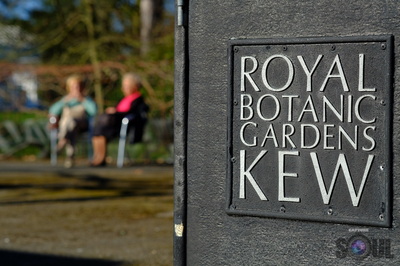

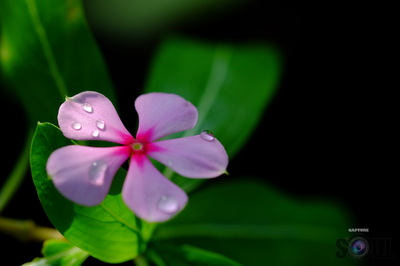
















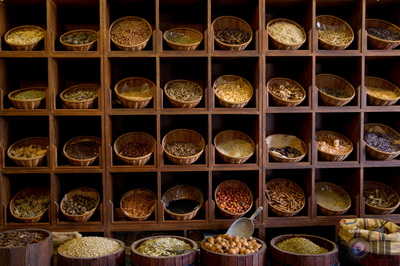













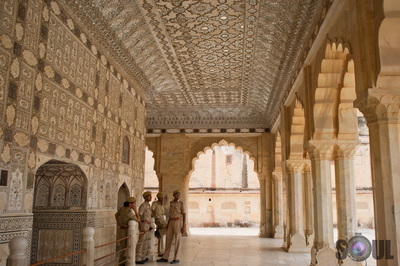










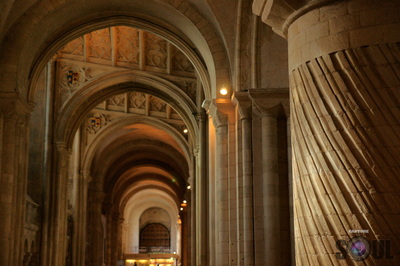











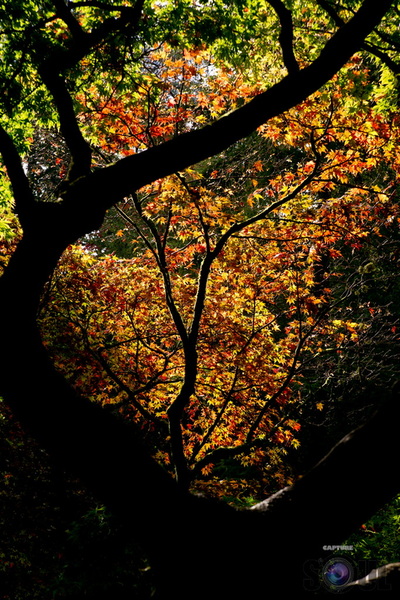




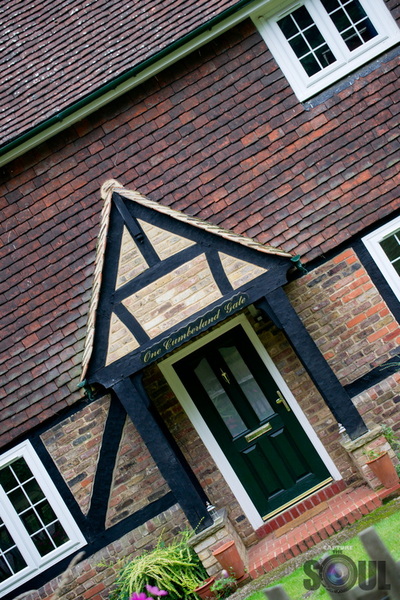

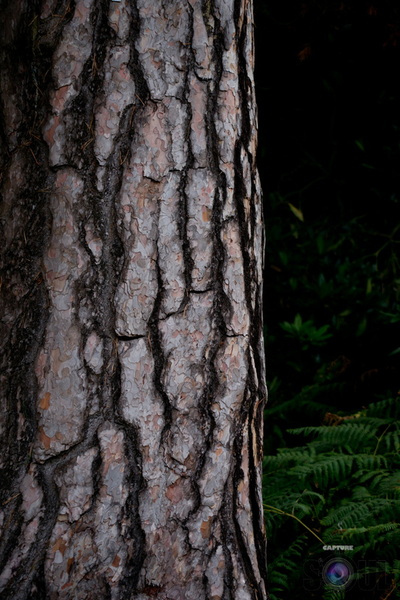
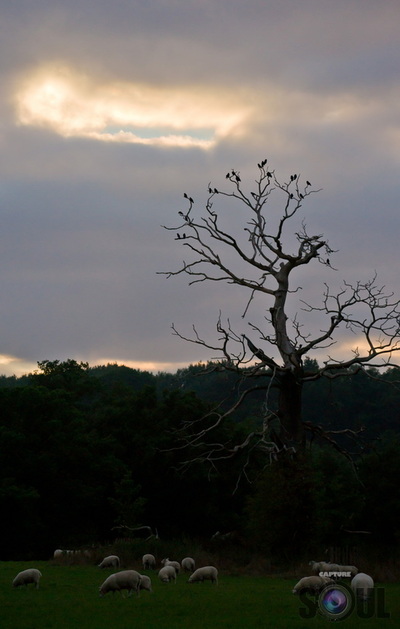







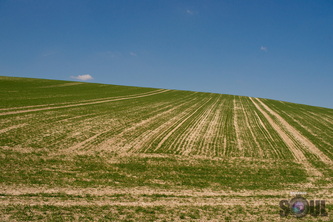



























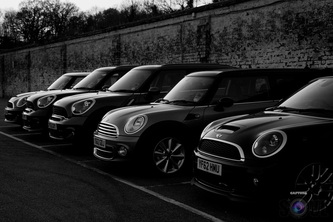






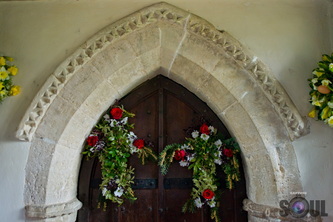

 RSS Feed
RSS Feed